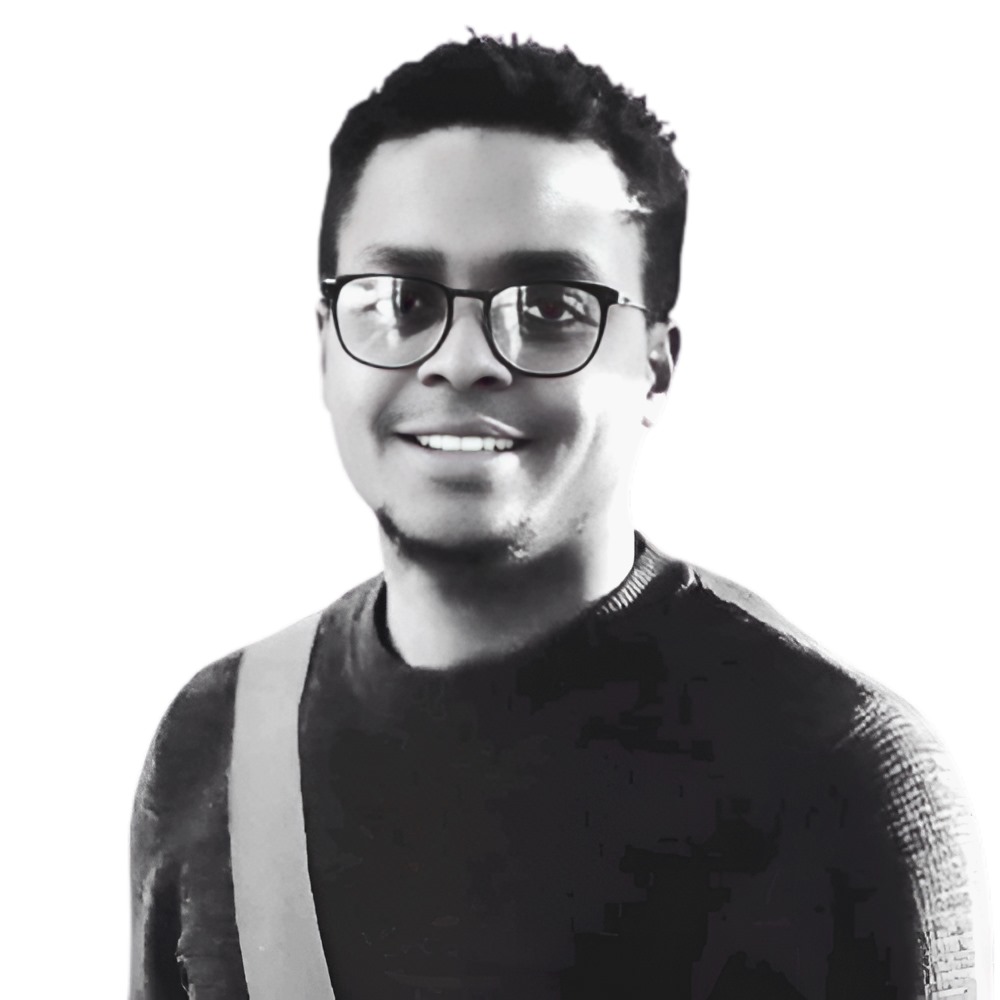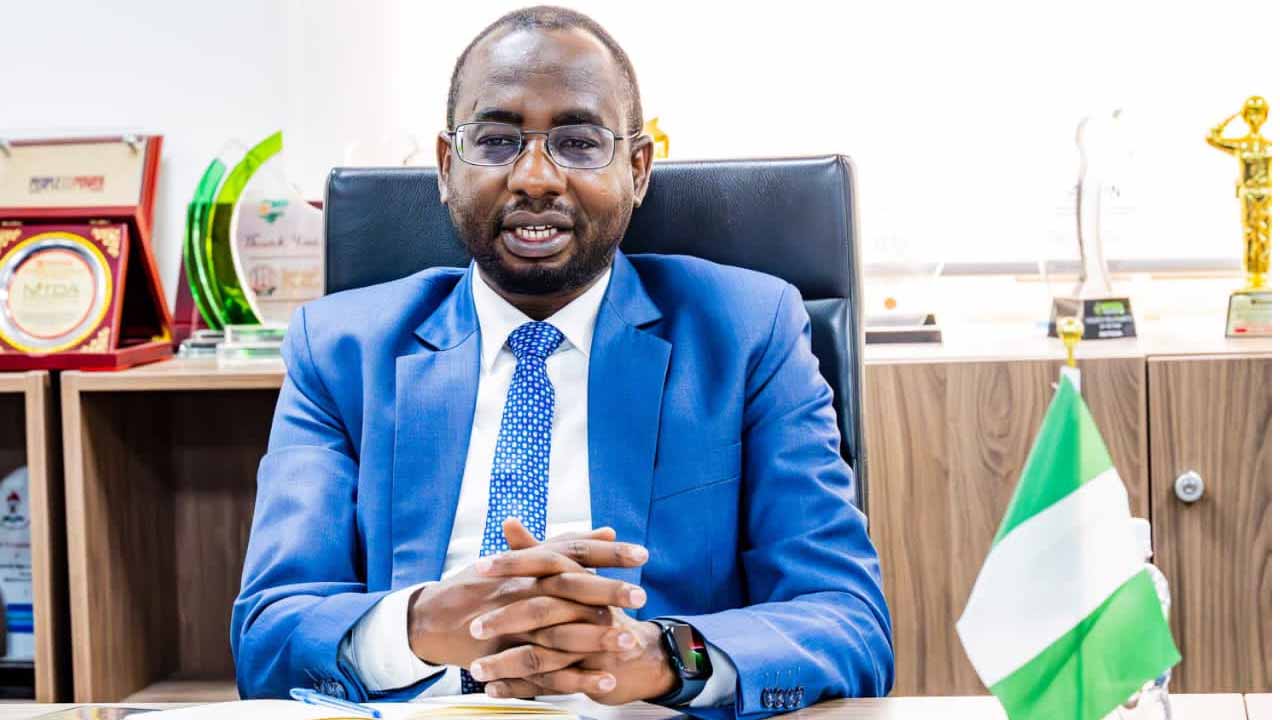The most significant partnership of our time isn’t between nations or corporations; it’s the increasingly intricate relationship between humans and artificial intelligence (AI). This dynamic, much like any complex relationship, is marked by moments of breath-taking synergy, painful missteps and urgent questions about boundaries.
For instance, how AI enhances our daily communication. Google’s Smart Compose anticipates our thoughts, completing sentences in emails and saving us from clumsy phrasing. Meanwhile, artists like Refik Anadol are collaborating with AI to create mesmerising installations, where machine learning transforms data into swirling, dreamlike visuals that neither humans nor computers could produce alone.
However, friction often arises when roles are unclear. A Dutch hospital’s AI system, designed to prioritise emergency cases, once misclassified a patient’s scans due to an atypically large tumour, flagging it as impossible. Doctors intervened, saving a life and highlighting the dangers of unchecked automation.
Similarly, a Zoom AI feature that “helpfully” edited a Chinese professor’s spoken English into gibberish mid-lecture exposed how technology can misunderstand cultural nuances.
The relationship can take a darker turn with surveillance capitalism. China’s social credit system uses AI to score citizens’ behaviour, while U.S. courts increasingly rely on flawed risk-assessment algorithms that disproportionately target marginalised communities.
“We’re outsourcing morality to machines,” warns former Microsoft researcher Kate Crawford, “before agreeing on what ethical AI even means.”
Security is another critical aspect of the human-AI partnership that cannot be overlooked. As AI systems become more integrated into our lives, they also become attractive targets for cyberattacks.
In 2020, a major AI-driven facial recognition system was hacked, exposing sensitive data of millions. This incident highlights the importance of robust security measures.
“As we integrate AI into our infrastructure, we must prioritise cybersecurity,” emphasizes Satya Nadella, CEO of Microsoft. “The stakes are high, and the consequences of a breach can be catastrophic.”
Yet, there are hopeful experiments that showcase the potential of this partnership. In Japan, PARO, a robotic seal, provides comfort to dementia patients when human caregivers are scarce. In Kenya, AI-powered drones deliver blood to remote clinics, with local health workers directing where help is needed most. These successes arise from positioning AI as a tool that amplifies human judgment rather than replaces it.
As this partnership evolves, one truth becomes evident: AI reflects both our brilliance and our biases. The algorithms sorting job applications or approving loans today were trained on yesterday’s inequalities. This is why UNESCO’s 2023 global AI ethics framework insists that technologies must remain under “meaningful human control,” a principle now tested daily in classrooms, courtrooms, and hospitals worldwide.
The future will not be a battle of humans versus machines, but rather a collaboration where both navigate a world we are co-creating. Like any successful partnership, this relationship requires trust, clear communication and the wisdom to know when to lead and when to override the algorithm.
The journey ahead is not just about technology; it’s about humanity itself.
As we stand on the brink of this new era, it is essential to embrace the human-AI partnership. This union has come to stay, and it holds the potential to shape our world positively. By fostering collaboration and understanding, we can harness the power of AI to enhance our lives, drive innovation, and create a future that reflects our shared values and aspirations. Let us move forward together and embracing the possibilities that lie ahead.
Oladesanmi Arigbede is a digital safety advocate.






